Microbats (little bats)
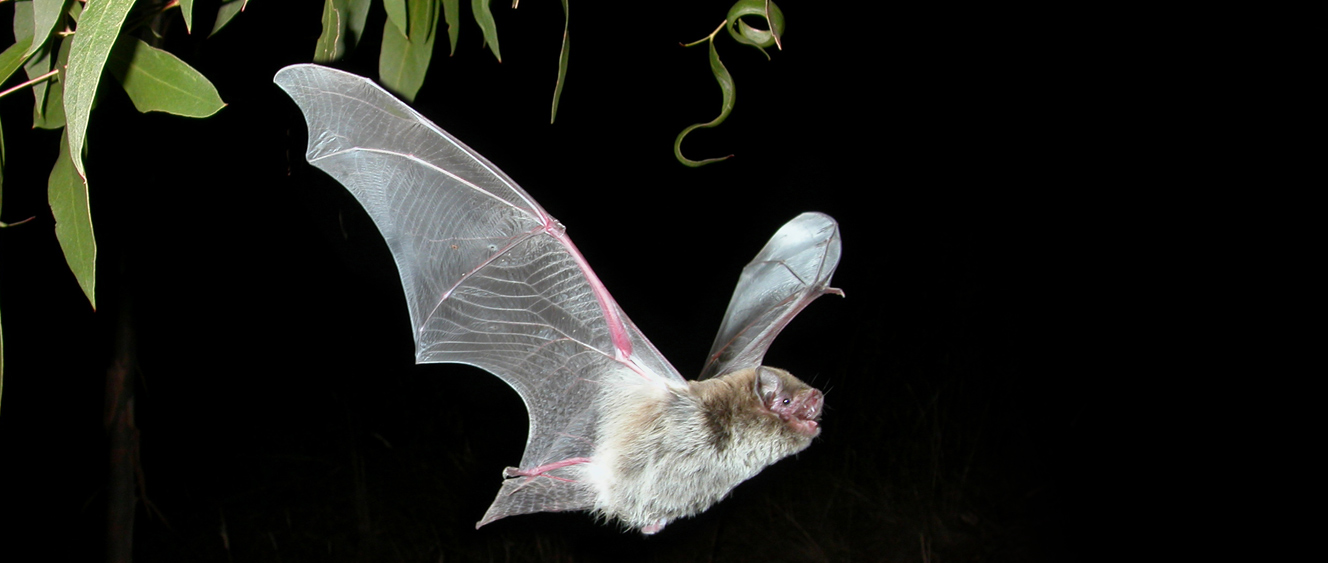
Bats have long been depicted as ominous and evil creatures and icons of horror in folklore, literature, and cinema. Yet these mysterious creatures of the night are enthralling with exceptional diversity, incredible intelligence and fascinating physiological and behavioural characteristics.
Bats, like humans, are mammals though unique in their ability to sustain active flight. Like us they are warm-blooded, hairy, and produce milk for their young with mammary glands. Bats have wings rather than forelimbs; these are constructed by greatly elongated fingers connected by thin membranes (which feels similar to your eyelid). This limb structure has been so efficient at supporting real, self-powered flight (an ability shared only by birds and insects), that it has given bats the freedom to adapt and spread across almost the entire planet. This diversification has brought about many different ways of life, dietary needs and roost requirements.
Due to their small stature and nocturnal habits microbats are seldom seen by the general public. At a glance a microbat can look to an inexperienced person like a mouse or Antechinus, but on close inspection it can be seen that bats are nothing like these earthbound animals.
Species – Classification
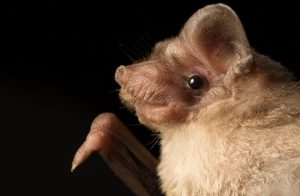 In Australia there are approximately 77 different species of bats across 8 families. Although it is usually the larger flying-fox species which are most recognised, it is the traditionally little-known microbats which are the most diverse in Australia, with each species having vastly different diets, behaviours, rehabilitation needs, and release considerations. In South-East Queensland there are approximately 40 different species including the 4 traditionally known flying-foxes.
In Australia there are approximately 77 different species of bats across 8 families. Although it is usually the larger flying-fox species which are most recognised, it is the traditionally little-known microbats which are the most diverse in Australia, with each species having vastly different diets, behaviours, rehabilitation needs, and release considerations. In South-East Queensland there are approximately 40 different species including the 4 traditionally known flying-foxes.
The classification of the order Chiroptera has undergone a number of changes in recent years due to advances in DNA sequencing which means many species of bats which were previously classified due to their natural features have been reclassified to reflect their genetic relationships. The outdated classification of the two suborders; Old-World fruit bats as Megachiroptera (megabats) and the echolocation bats as Microchiroptera (microbats) has been replaced by the Yinpterochiroptera and Yangochiroptera suborders.
Yinpterochiroptera
- Previously known suborder of Megabats
– Pteropodidae (Fruit bats) - Three former microbat families
– Megadermatidae (Ghost bats)
– Rhinolophidae (Horseshoe bats)
– Hipposideridae (Leaf-nosed bats)
Yangochiroptera
- Includes all the remaining microbat families
– Vespertilionidae (Evening bats)
– Miniopteridae (Bentwing bats)
– Molossidae (freetail bats)
– Emballonuridae (Sheathtail bats)
The following are some commonly seen microbat species in South-East Queensland:
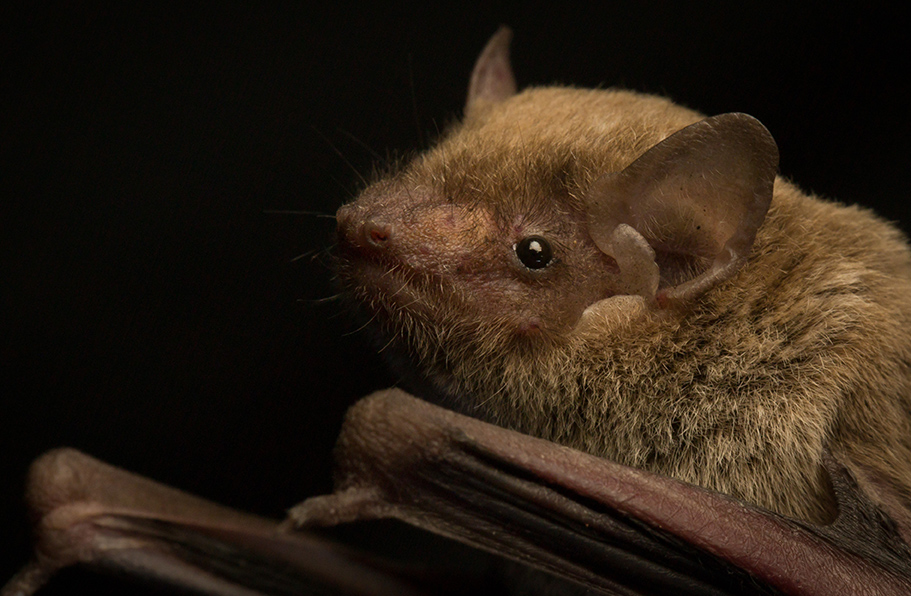
Eastern broad-nosed bat (Scotorepens orion)
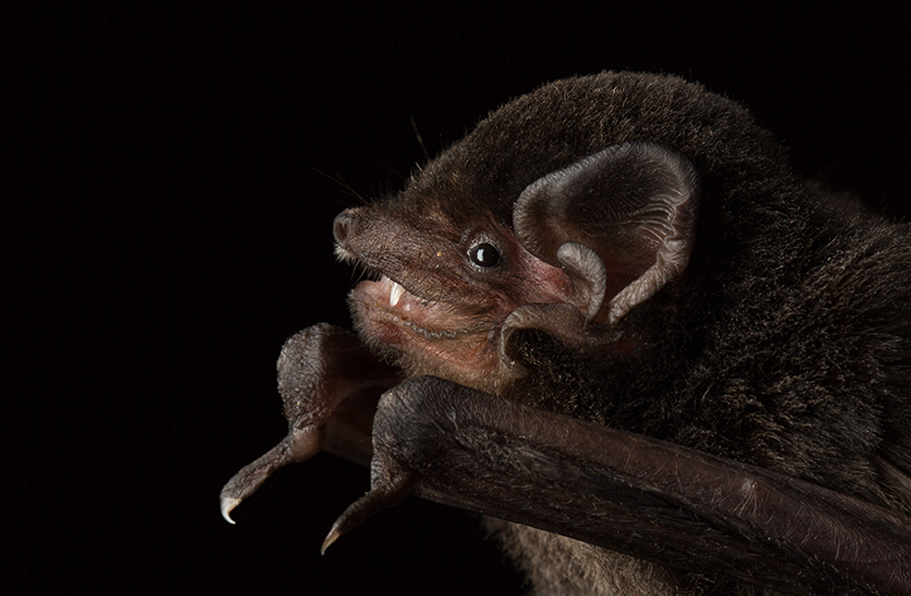
Gould’s wattled bat (Chalinolobus gouldii)

Chocolate wattled bat (Chalinolobus morio)
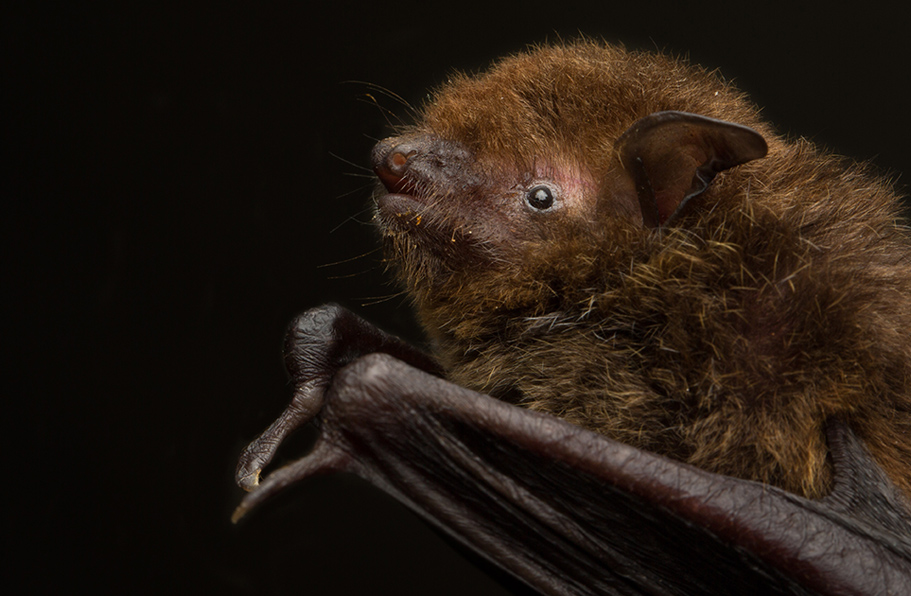
Large-footed myotis (Myotis macropus)

Eastern horseshoe bat (Rhinolophus megaphyllus)

Large forest bat (Vespadelus darlingtonia)
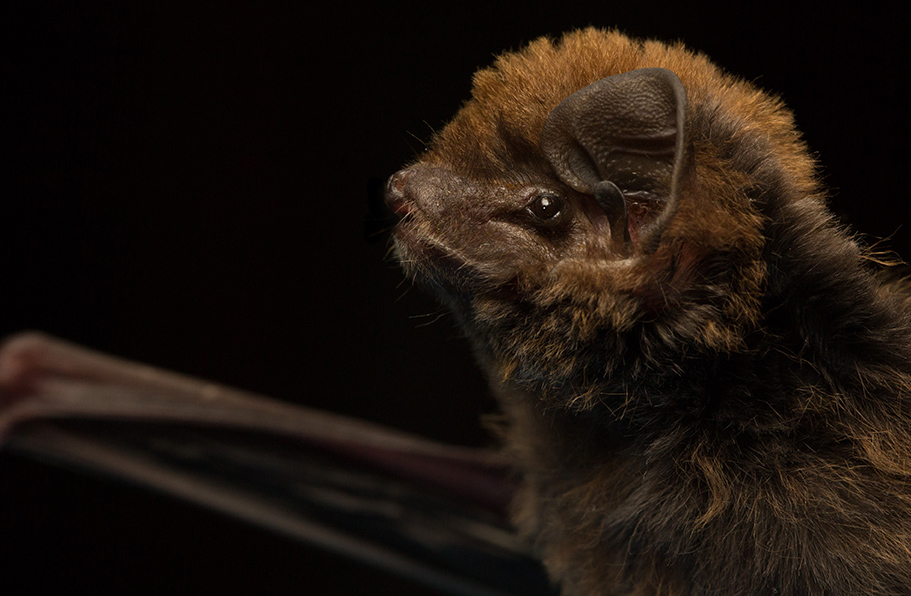
Eastern bent-wing bat (Miniopterus schreibersii oceanensis)
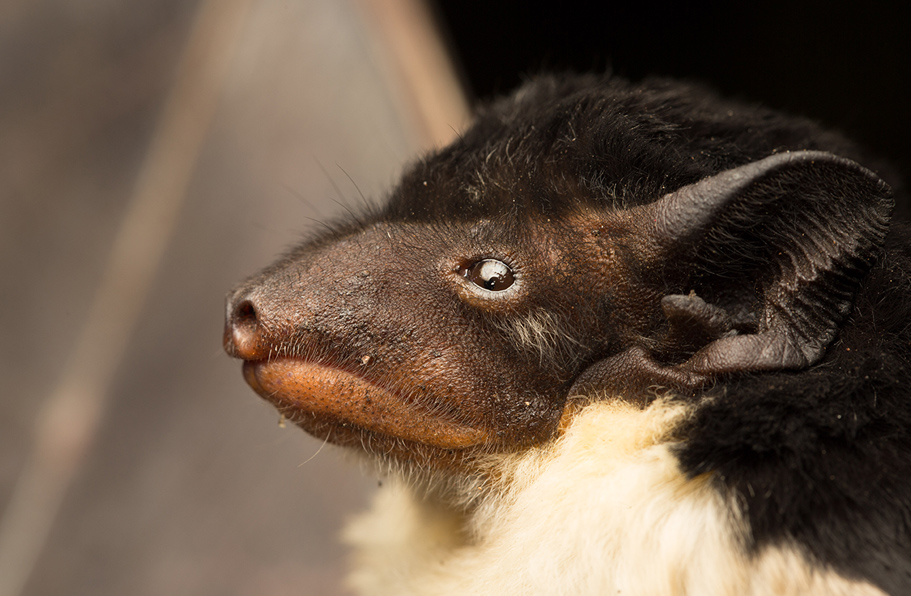
Yellow-bellied sheath-tailed bat (Saccolaimus flaviventris)
Habitat – Roosting
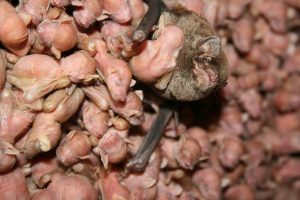 With the vast variety of microbats inhabiting Australia there is a rich array of different habitat and roosting requirements for each species, which includes open habitats, treeless habitats, forest and caves. Due to their small size microbats hide during the day so they are not preyed upon, and thus roost where they can be concealed. Some microbats roost in tree hollows, or cracks and fissures in dead tree trunks, or under loose flaking bark; others can be found in caves or substitutes such as old mines. Tree roosting species are often also found in human-made structures such as buildings, inside the roof or walls, regardless of whether humans live there or not. In truth, microbats are incredibly resourceful animals that love to hide in the strangest of places. Some species have been found under dead fronds of tree ferns and discarded birds’ nests. They can even be found in farm sheds, found sleeping in the folds of old bags or a raincoat hanging on a nail. In Queensland they are commonly found in poolside umbrellas, giving a little surprise to the owner who opens it for the first time in summer. Some resourceful microbats have adapted to urbanisation and take advantage of many human-made structures such as buildings, rooftops, mines, tunnels, under bridges and in roofs.
With the vast variety of microbats inhabiting Australia there is a rich array of different habitat and roosting requirements for each species, which includes open habitats, treeless habitats, forest and caves. Due to their small size microbats hide during the day so they are not preyed upon, and thus roost where they can be concealed. Some microbats roost in tree hollows, or cracks and fissures in dead tree trunks, or under loose flaking bark; others can be found in caves or substitutes such as old mines. Tree roosting species are often also found in human-made structures such as buildings, inside the roof or walls, regardless of whether humans live there or not. In truth, microbats are incredibly resourceful animals that love to hide in the strangest of places. Some species have been found under dead fronds of tree ferns and discarded birds’ nests. They can even be found in farm sheds, found sleeping in the folds of old bags or a raincoat hanging on a nail. In Queensland they are commonly found in poolside umbrellas, giving a little surprise to the owner who opens it for the first time in summer. Some resourceful microbats have adapted to urbanisation and take advantage of many human-made structures such as buildings, rooftops, mines, tunnels, under bridges and in roofs.
As small creatures they do face the risk of being preyed upon by pythons while safe in their roost, especially in hollow trees and logs. To avoid predators finding where they roost during the day, many species live in small colonies and have a network of roosts within their home range. This reduces the risk of predators finding them during the day or lying in wait for them to leave the safety of their roost at dusk. Though this technique works for tree roosting bats, cave roosting bats have to rely on flying out in large numbers and high speeds to avoid predators lying in wait.
Resident microbats – What can I do about microbats in my house?
 Some microbat species have adapted to urbanisation with great enthusiasm. As opportunistic creatures they seek out the ideal roosting location even if this is a human-made structure. It should be of no surprise to people that have small openings in roofs or walls of their houses that a colony of microbats have taken up residence.
Some microbat species have adapted to urbanisation with great enthusiasm. As opportunistic creatures they seek out the ideal roosting location even if this is a human-made structure. It should be of no surprise to people that have small openings in roofs or walls of their houses that a colony of microbats have taken up residence.
Microbats pose little danger living in a building. They are clean sociable animals that require a safe place to rest during the day. They will not gnaw wood, wires or insulation and if you do not touch them there is no risk of disease. Having them in your home also provides you with free pest control.
It is best to leave them alone if you are happy for them to stay there. If not, there are a number of other techniques which can be tried to limit the microbats’ access to a building. Please do not seal off an entry without being completely sure the bats have left. Microbats come and go from a roost at night, as well as leaving their babies in the roost while they go off and forage. Sealing off their entry will trap babies in where their mothers cannot get to them and they will die, which will produce an unpleasant smell.
Please note that in Queensland special permits are required for relocation of a microbat colony. BCRQ does not hold permits to relocate microbats.
For more information about microbats in your house and exclusion methods please read the following:
Bats in your Belfry? By Australasian Bat Society
Bats & Buildings by Bat Conservation International
Bats in Buildings by Bat Conservation & Management
Bats in Buildings, Excluding a Colony by Bat Conservation International
Why Bats Become a Problem and What is a Bat Exclusion? By Bat Conservation & Management
Family life
 In Australia most bats breed during the warmest parts of the year as resources are more abundant during the summer months. Most species breed only once a year and give birth to one young, though some species such as the Greater broad-nosed bat (Scoteanax rueppellii) and some of the long-eared species regularly give birth to twins. Birthing season for most microbats is around November-December. However, there are a few exceptions to this such as the Large-footed Myotis (Myotis macropus) which gives birth twice a year, and the Gould’s Wattled bat (Chalinolobus gouldii) which has been reported to give birth twice a year in exceptionally warm years.
In Australia most bats breed during the warmest parts of the year as resources are more abundant during the summer months. Most species breed only once a year and give birth to one young, though some species such as the Greater broad-nosed bat (Scoteanax rueppellii) and some of the long-eared species regularly give birth to twins. Birthing season for most microbats is around November-December. However, there are a few exceptions to this such as the Large-footed Myotis (Myotis macropus) which gives birth twice a year, and the Gould’s Wattled bat (Chalinolobus gouldii) which has been reported to give birth twice a year in exceptionally warm years.
Most insectivorous bats mate during the spring but there are variations to this depending on the species and their unique adaptations. For example, the Eastern bent-wing bat (Miniopterus schreibersii oceanensis) mates during the summer or early autumn and stores the sperm till spring. In other species mating will occur once their baby is weaned at the end of summer but the embryos development will be paused during winter months and recommence during spring when there are ample insects.
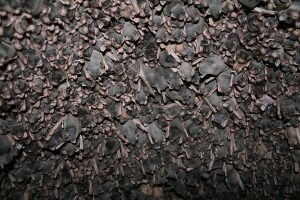 Maternity groups are very common in bat species and are comprised of mothers giving birth and their young. Microbats form maternity groups as a way of providing body heat to their furless young, though, due to the large number of bats present they can often attract unwanted predators and parasites. Maternity groups can range from 10 to 100 mothers depending on the species. In some species such as the bent-wing bats the maternity groups can number in the tens of thousands. The location of a maternity site is significant with many species. In some species the use of a site spans back hundreds and thousands of generations, as it meets their specific requirements so well. This is predominantly the case for cave roosting bats. Factors that make a roost site ideal include location, reliable food sources, aspect, microclimate and cave architecture in the case of cave roosting species.
Maternity groups are very common in bat species and are comprised of mothers giving birth and their young. Microbats form maternity groups as a way of providing body heat to their furless young, though, due to the large number of bats present they can often attract unwanted predators and parasites. Maternity groups can range from 10 to 100 mothers depending on the species. In some species such as the bent-wing bats the maternity groups can number in the tens of thousands. The location of a maternity site is significant with many species. In some species the use of a site spans back hundreds and thousands of generations, as it meets their specific requirements so well. This is predominantly the case for cave roosting bats. Factors that make a roost site ideal include location, reliable food sources, aspect, microclimate and cave architecture in the case of cave roosting species.
Diet
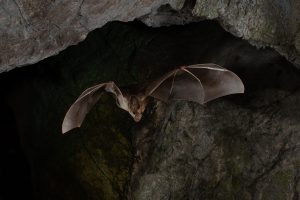 With the large number of different species of microbats there is a broad range of specialised diets. Due to their size and competing over food with other microbat species, feeding specialisation has evolved allowing microbats and all bats in general to occupy more feeding habitats than most other mammalian groups. Roughly 85% of Australian bats are insectivorous, with some of these being carnivorous. The remaining species eat plant products such as fruit (frugivores), nectar (nectarivores), and foliage (folivores). The Tropic regions of Australia are home to the most diversity of bats due to the range of habitats and variety of food types available. The temperate and colder regions are also occupied by bats but predominantly insectivorous bats.
With the large number of different species of microbats there is a broad range of specialised diets. Due to their size and competing over food with other microbat species, feeding specialisation has evolved allowing microbats and all bats in general to occupy more feeding habitats than most other mammalian groups. Roughly 85% of Australian bats are insectivorous, with some of these being carnivorous. The remaining species eat plant products such as fruit (frugivores), nectar (nectarivores), and foliage (folivores). The Tropic regions of Australia are home to the most diversity of bats due to the range of habitats and variety of food types available. The temperate and colder regions are also occupied by bats but predominantly insectivorous bats.
Microbats are the main night time predator of insects and therefore play a crucial ecological role in regulating insect numbers in the areas they live. Many species consumed are pest species such as mosquitoes, flies and moths whose larva damage plants and crops. Each bat devours approximately 40% of their body weight in insects per night. In areas where large bat colonies are located, the local insect population can be almost depleted during birthing seasons, thus the microbats are providing a free pest control service.
Insects are an extremely nutritious food source and are found in large quantities in most regions of Australia. The type of insect preyed on by microbats is varied and, in some cases, includes arthropods such as spiders, scorpions and small crustaceans. Moths are often the favourite but beetles, flying ants, flies, crickets, grasshoppers, mosquitoes and a wide range of other soft and hard-bodied insects are also consumed. The type of prey is greatly dependent on the microbats foraging ability.
Types of Foraging Abilities
Microbats predominantly hunt by the use of echolocation (see below). As their prey are generally slower and less agile the entire process of locating, chasing and finally seizing their prey takes a matter of seconds. The way microbats catch their prey depends on the geographical location, habitat and type of microbat species. There are microbats which forage above the canopy or in open air, along with some species that forage as they fly within the forest canopy. These species catch their prey by scooping it up in their wing and tail membrane or catching it directly in their mouth. There are other species which ambush their prey by rushing out to grab it from a perch. These bats hang from a branch scanning the area in anticipation of insects flying past. Some microbats also glean their prey from foliage or forage on the ground or in water. This is achieved by the bat scanning the surface or leaves, branches or ground as it slowly flies past. Upon detection of their prey they pounce, grabbing their prize with their feet and consuming it in flight. At times the insect can be quite large with huge flapping wings. In these cases, the microbat may return to its night roost with its bounty where it removes the wings and legs, to eat only the soft insect body.
Echolocation
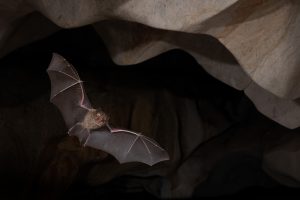 Echolocation is the ability to hear and interpret echoes. Echoes are produced by soundwaves striking an object and bouncing back. It is this reflected sound or echo which microbats rely on. Other mammals such as cetaceans, shrews and tenrecs use echolocation too but the highly developed echolocation of microbats is more sophisticated than any other mammal on the planet. Microbats use echolocation to navigate flight paths around objects, and locate and hunt prey. This ability allows microbats to be active at night, giving them the benefits of limited competition with diurnal birds and minimal exposure to birds of prey that are active by day.
Echolocation is the ability to hear and interpret echoes. Echoes are produced by soundwaves striking an object and bouncing back. It is this reflected sound or echo which microbats rely on. Other mammals such as cetaceans, shrews and tenrecs use echolocation too but the highly developed echolocation of microbats is more sophisticated than any other mammal on the planet. Microbats use echolocation to navigate flight paths around objects, and locate and hunt prey. This ability allows microbats to be active at night, giving them the benefits of limited competition with diurnal birds and minimal exposure to birds of prey that are active by day.
Echolocation is described as seeing with sound. Microbats have the ability to process and map high-frequency (ultrasonic) sounds which they use to form an image of their surroundings like humans process light to form a picture. Microbats are continuously scanning their environment by producing ultrasonic calls, emitted at approximately 10 calls per second, when they detect an insect, they increase their calls to about 200 per second (referred to as the ‘feeding buzz’) to sense the changes in the echoes a lot faster and track their prey. With the exception of the White-striped Free-tail Bat (Austronomus australis) and Saccolaimus species, humans cannot hear microbat ultrasonic calls.
Role in Australia’s environment
 Microbats are a vital species to Australia’s ecosystems. They have adapted to encompass most regions of Australia in an exceptional display of diversity and uniqueness. Microbats are bioindicators of ecosystem health and provide important ecosystem services such as insect and pest control and a food source for native prey species such as snakes and owls.
Microbats are a vital species to Australia’s ecosystems. They have adapted to encompass most regions of Australia in an exceptional display of diversity and uniqueness. Microbats are bioindicators of ecosystem health and provide important ecosystem services such as insect and pest control and a food source for native prey species such as snakes and owls.
For more information please read our Why Bats are Important page.
Conservation
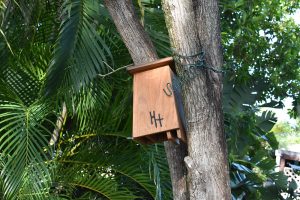 Microbats are an elusive species. Their small size, nocturnal behaviour and cryptic roosting habits mean they are rarely seen by landholders or the general public. Despite microbats’ importance as bioindicators and controllers of insect populations they are still portrayed as sinister figures in horror legends, stories, cinema and the media.
Microbats are an elusive species. Their small size, nocturnal behaviour and cryptic roosting habits mean they are rarely seen by landholders or the general public. Despite microbats’ importance as bioindicators and controllers of insect populations they are still portrayed as sinister figures in horror legends, stories, cinema and the media.
The primary concern regarding microbat conservation is the alarming rate of land clearing in Australia. Land clearing has an adverse cascading effect on Australia’s ecosystem. The removal of prime habitat leads to the loss of foraging habitat and roost locations for microbats which in turn results in the decline in populations of numerous microbat and other wildlife species. This decline directly impacts other species’ survival. As a result of this there is a decline in native species which predate on microbats, and there is an increase in insects and pest species which microbats help to control. This in turn impacts some plant species which these insects predate on.
Land clearing is only one element to the holistic picture of microbat conservation. Microbats also face predation by introduced species such as cats and foxes. Additionally, the negative perception along with concerns about zoonotic diseases adds yet another complexity to the conservation of a species which is often forgotten or overlooked in ecological studies and land surveys.
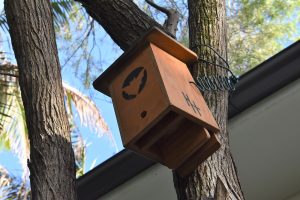 You can help microbats in your backyard by putting up bat boxes and monitoring them to ensure wasps and ants don’t take up residence.
You can help microbats in your backyard by putting up bat boxes and monitoring them to ensure wasps and ants don’t take up residence.
There is a variety of microbat boxes which can be used. The following is information on bat boxes, the different types and installation, along with instructions for building different types of boxes.
Boxes for Bats by the Australasian Bat Society
Instructions for making a Bat Flat
Technical drawings of a Bat Flat
Instructions and build a Bat Roost Box
Another alternative is to purchase a microbat box ready to install. The following are a few options for purchasing a microbat box:


